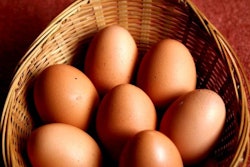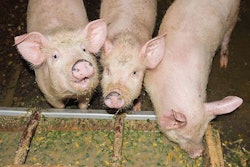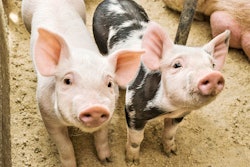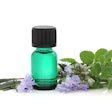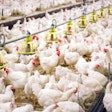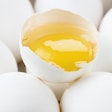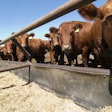
Find out what determines quality and cost of feeds
There are low-cost piglet feeds and there are high-quality piglet feeds. The former usually underperform in most operations, whereas the latter usually are too expensive for most operations. Thus, the market abounds with medium-cost and medium-quality piglet feeds. But what determines the cost and quality of a piglet feed?
First, it is the source of ingredients. Let’s take corn, for example. It costs about 20% of total ingredient formulation cost. There is low-quality corn and high-quality corn, but the difference in the final cost would be less than 2-3 percentage points. So, it pays to use the best quality possible even in low-cost formulas, especially when it comes to piglet feeds.
Second is whether animal plasma is used. Animal plasma easily accounts for 30% of overall formulation cost, whereas it supplies less than 4 percentage points of total protein. In low-cost formulas, it is animal plasma that is first sacrificed to bring cost down. Although protein needs to be replaced, all other high-quality proteins cost less. Plasma is not used for its crude protein.
Third is lactose. Adding enough lactose to a high-quality piglet diet can use up to 25% of total ingredient cost, so low-cost diets are usually low in lactose. This is not necessarily a negative aspect for some formulas, but lactose remains expensive, so it is part of a low-cost approach.
Fourth is the rest of the protein. If you use enough animal plasma, you cannot afford other high-quality proteins. The solution is to fill up with soybean meal and feed-grade free amino acids. Soybean meal is not ideal for piglets, but there is no other way around this issue.
Fifth is additives. Each additive costs about US$5 to US$15 per ton, so with a minimum of five additives, we are easily adding another US$50 per ton of complete feed. And, here is the paradox: Low-cost formulas usually contain more additives than high-quality formulas to make up for the difference in animal performance.
Therefore, we have a mediocre product that often does the job at an acceptable price. The problem here is that when we buy feed, we do not account for carry-over performance benefits, and even if we do not care for such long-term investment, we turn a blind eye to the increased medications/supplements bill that usually goes with low-cost feeds.

